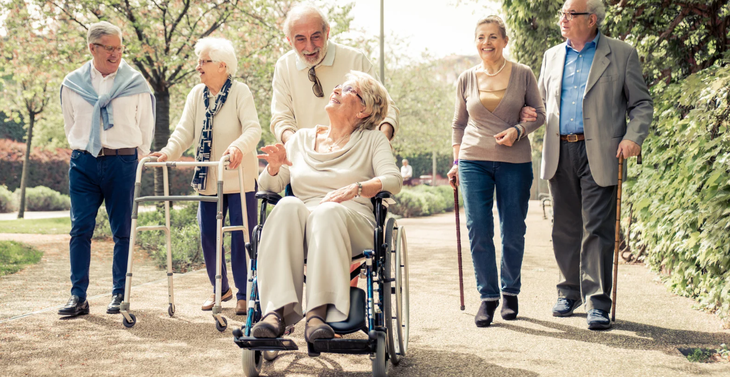
New scientific research shows that aging signals not only occur in individual cells, but can also spread throughout the body through the blood - Photo: AI
The study, published in the scientific journal Metabolism, was conducted jointly by Korean and American scientists. The research team discovered that a protein called HMGB1, when taken from elderly people and injected into healthy young cells or bodies, can cause premature aging.
Normally, the HMGB1 protein exists inside the cell nucleus and has the role of "organizing" the structure of DNA. But when the cell begins to age or is stressed, this protein leaves its normal location, is released outside and changes.
Under hypoxic conditions, which are often found in old or damaged cells, HMGB1 switches to a “hypoxic” form. And it is this form that is the “seeder of aging.”
In its reduced form, HMGB1 binds to healthy cells and triggers senescence. These cells gradually stop dividing and secrete inflammatory molecules, two classic signs of biological aging.
In contrast, when in its normal oxidized form, HMGB1 does not cause this effect, the cell remains healthy and continues to divide as normal.
In experiments, the team tested the effects of HMGB1 on human cells such as kidney, lung, muscle and skin cells. The results showed that when exposed to a hypo-oxidized form of HMGB1, healthy cells began to show signs of aging.
Not stopping there, when HMGB1 was injected into healthy young mice, within just one week, the mice showed signs of premature aging, including cell changes and many inflammatory responses in the body.
Scientists also tested the blood of adults aged 70-80 years old and compared it with a group of people in their 40s. The results showed that the older group had significantly higher levels of hypo-oxidized HMGB1.
The same was also seen in blood samples from old mice, further strengthening evidence of the protein's role in aging.
"The study shows that aging signals not only occur in individual cells, but can also spread throughout the body through the blood," said Dr. Ok Hee Jeon, a member of the research team at Korea University College of Medicine.
This new discovery opens up a completely different approach in anti-aging research, focusing not only on "rejuvenating" individual cells, but also on controlling aging signals that spread throughout the body.
Although still in its early stages, this is considered an important stepping stone to better understand the "death mechanism" that silently causes the human body to age day by day.
Source: https://tuoitre.vn/lao-hoa-cung-lay-lan-20250807162716753.htm










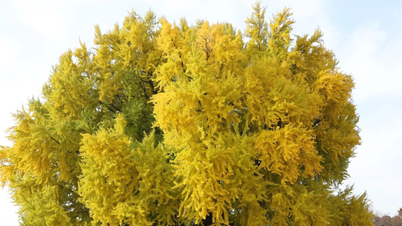





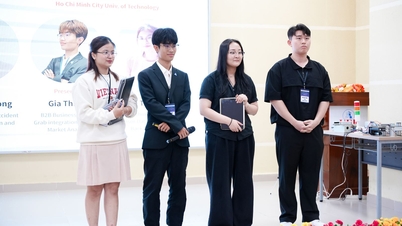







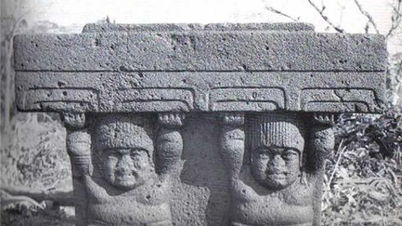
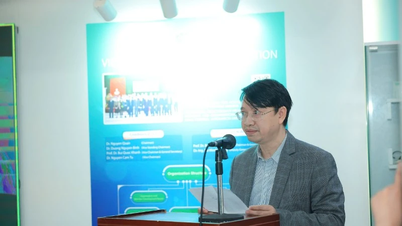

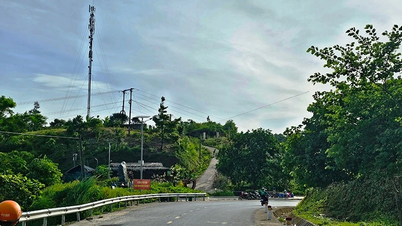








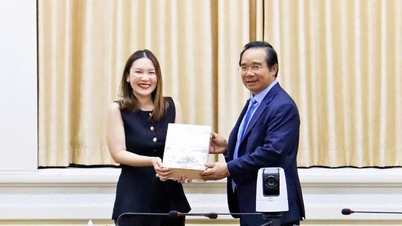

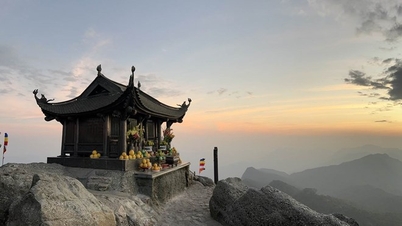

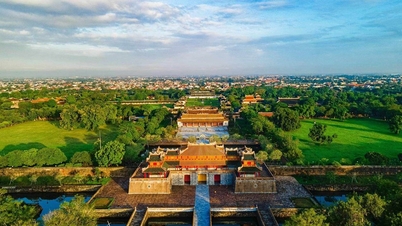



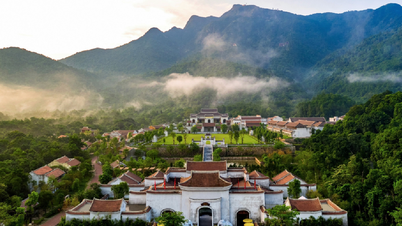

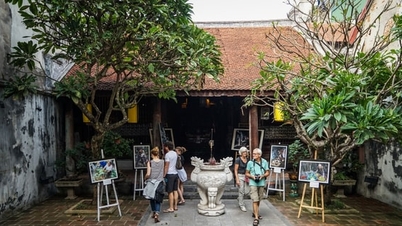

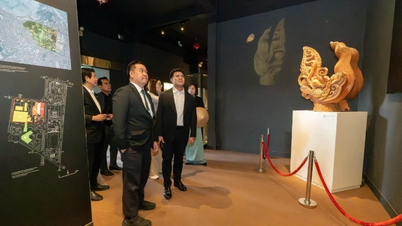



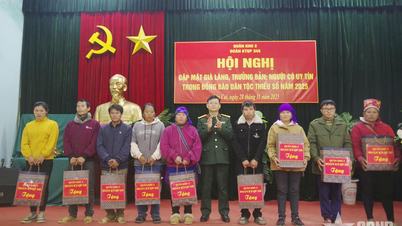

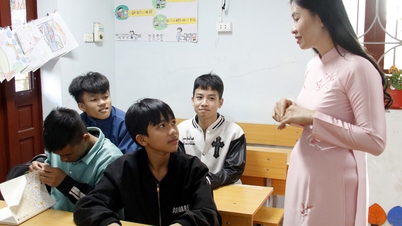
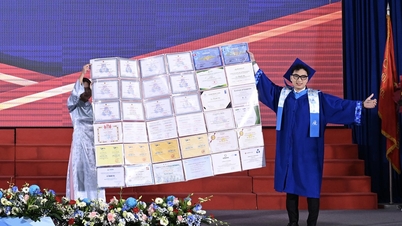

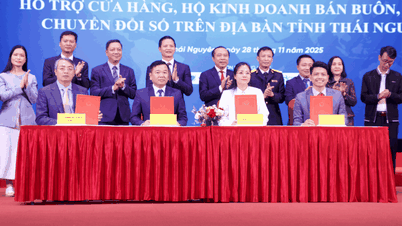






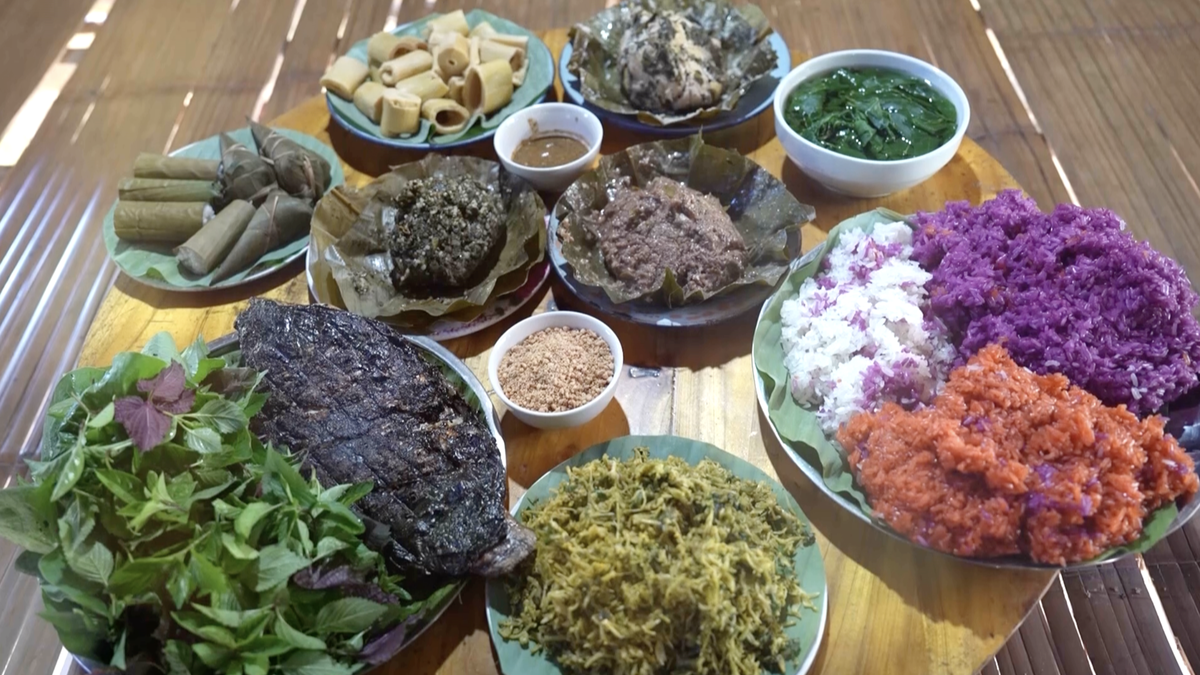
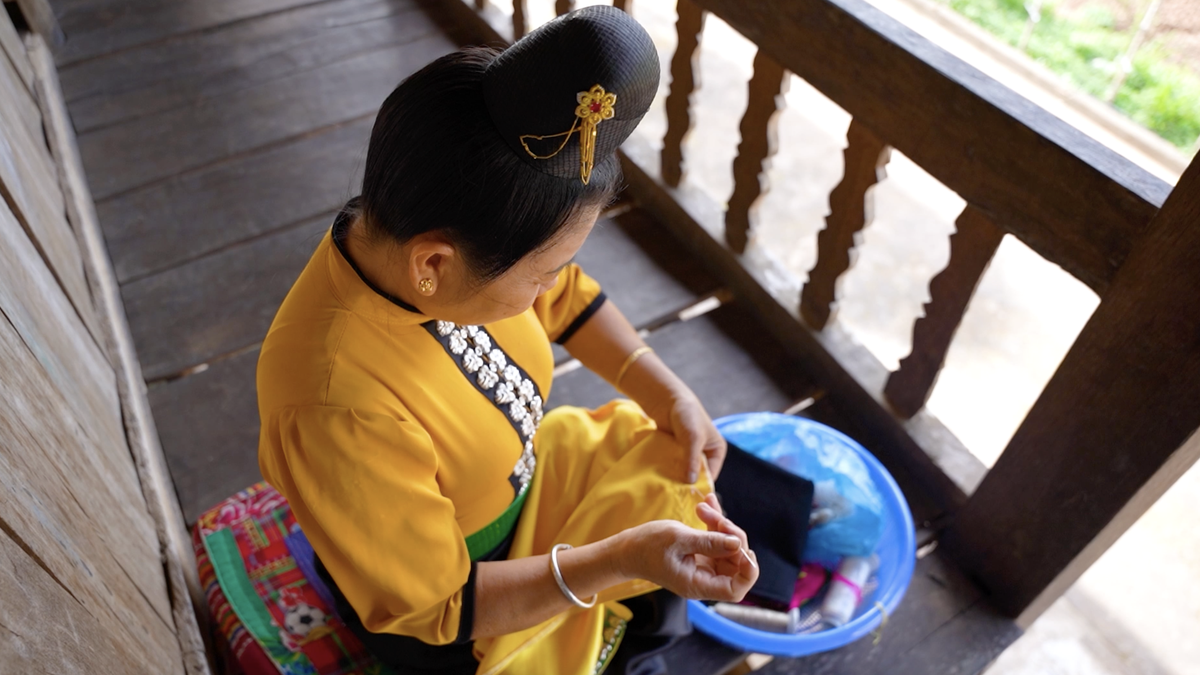

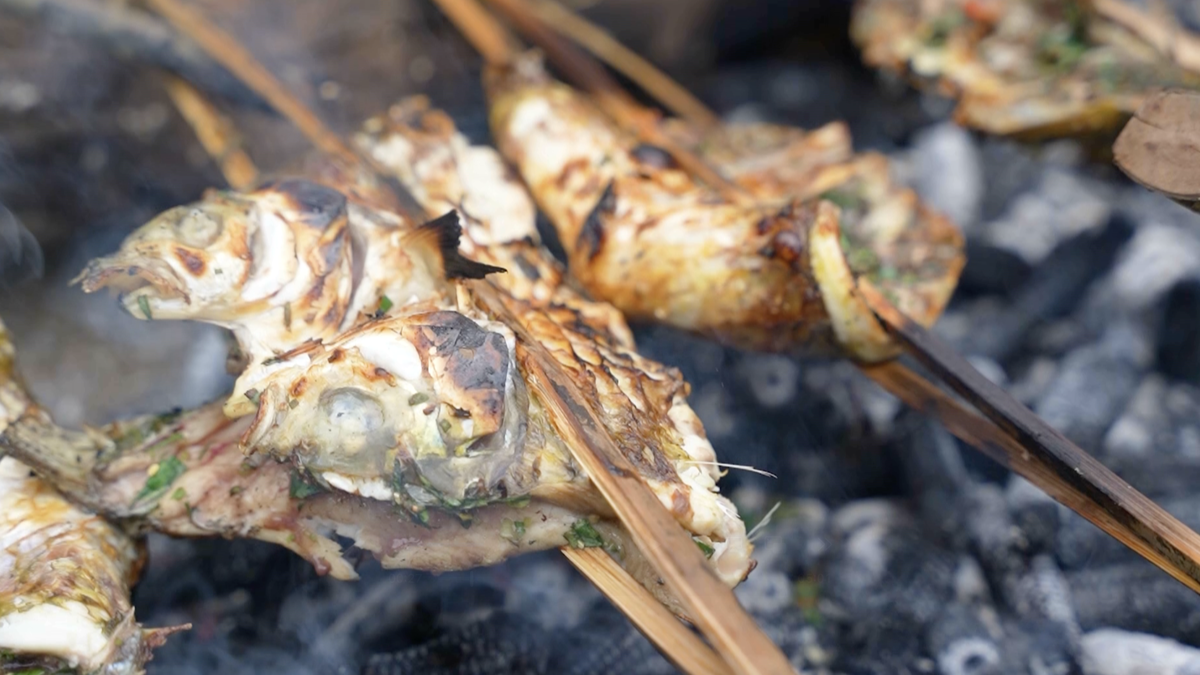
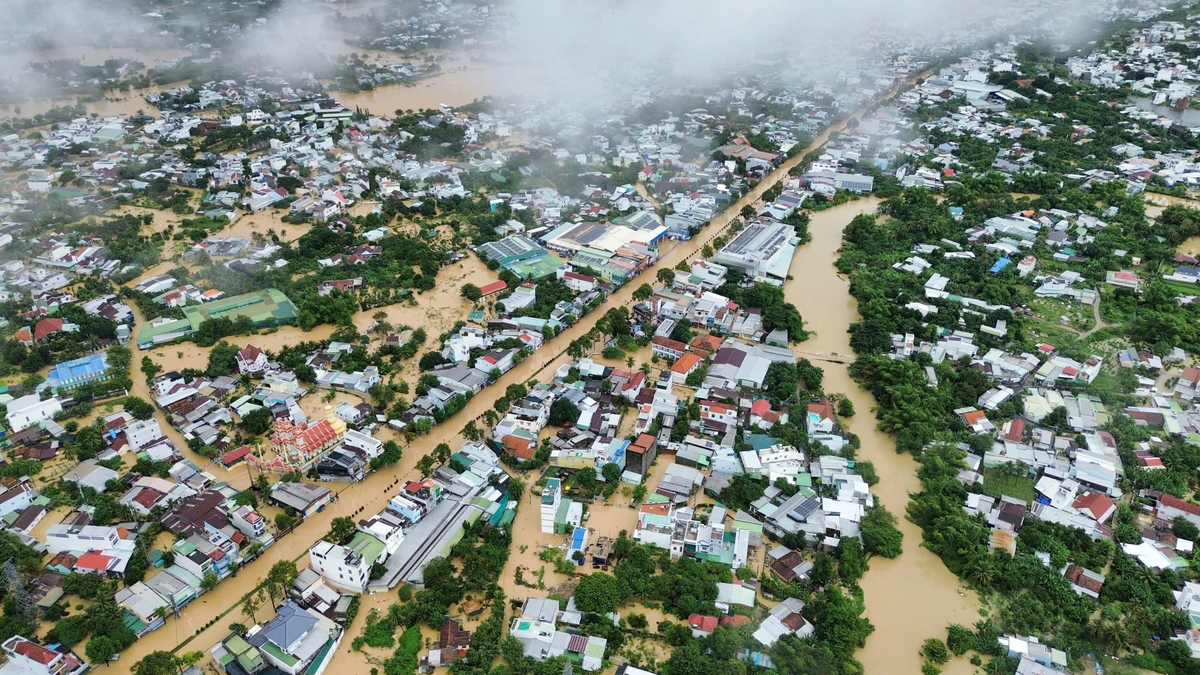
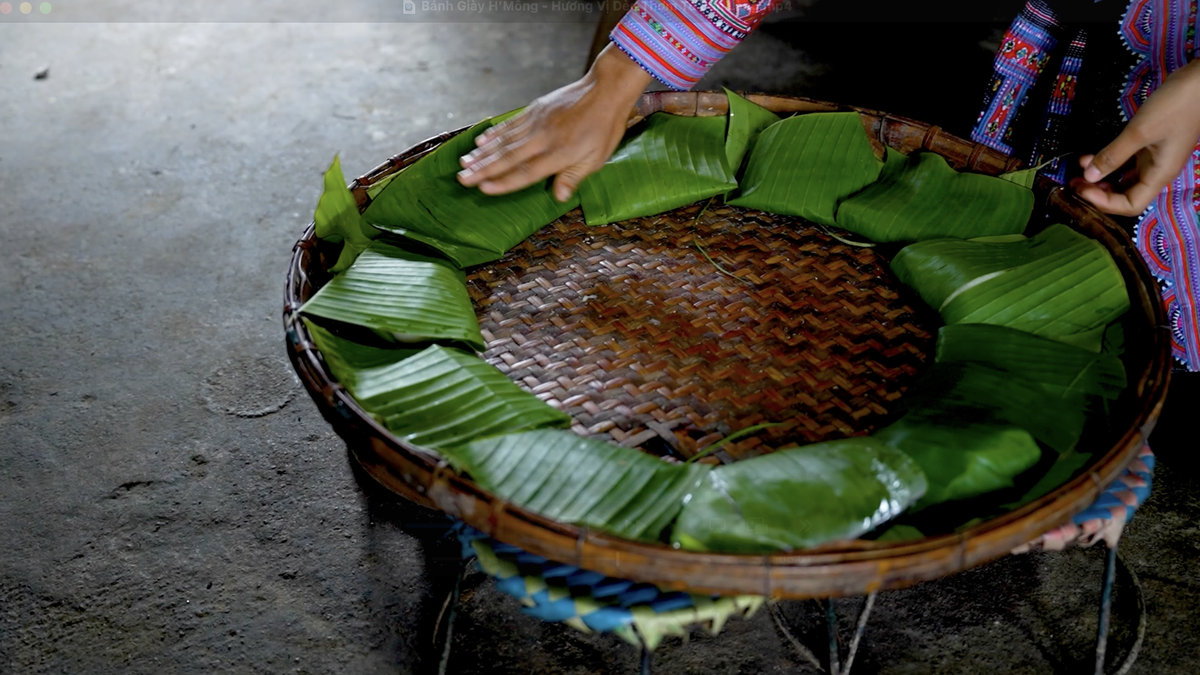
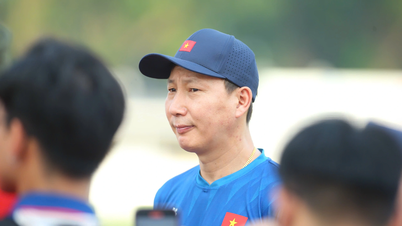

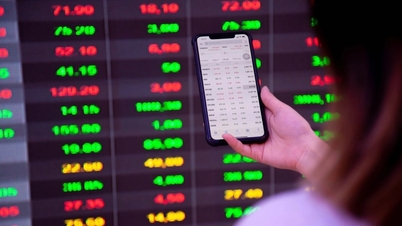

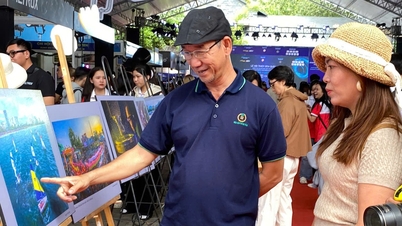

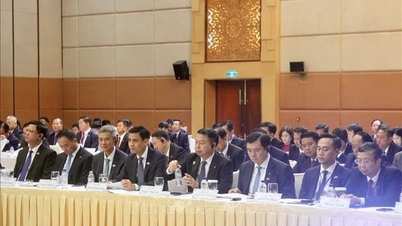

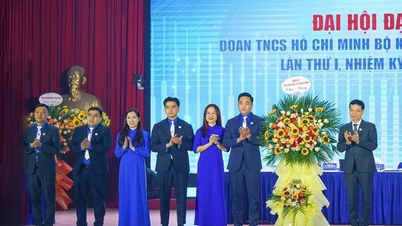






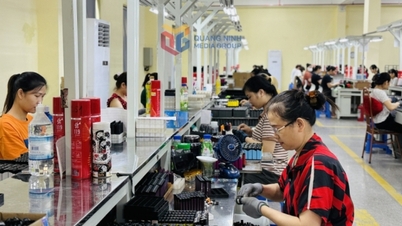




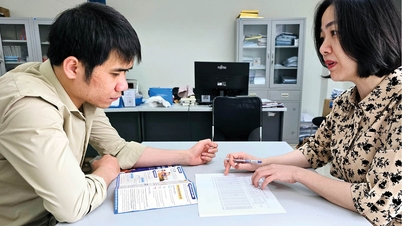

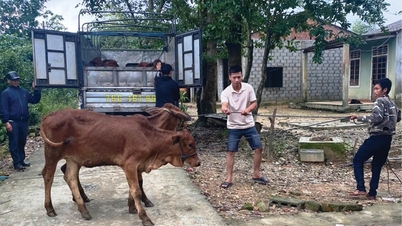





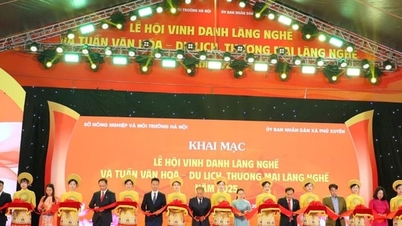

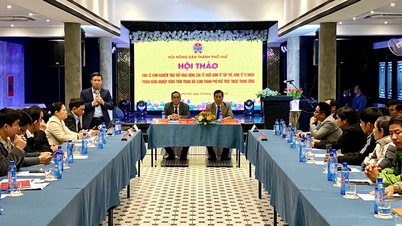
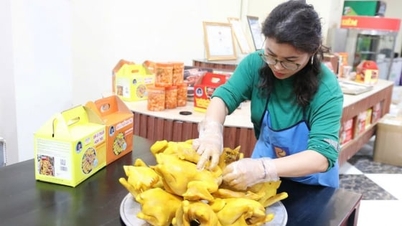





Comment (0)